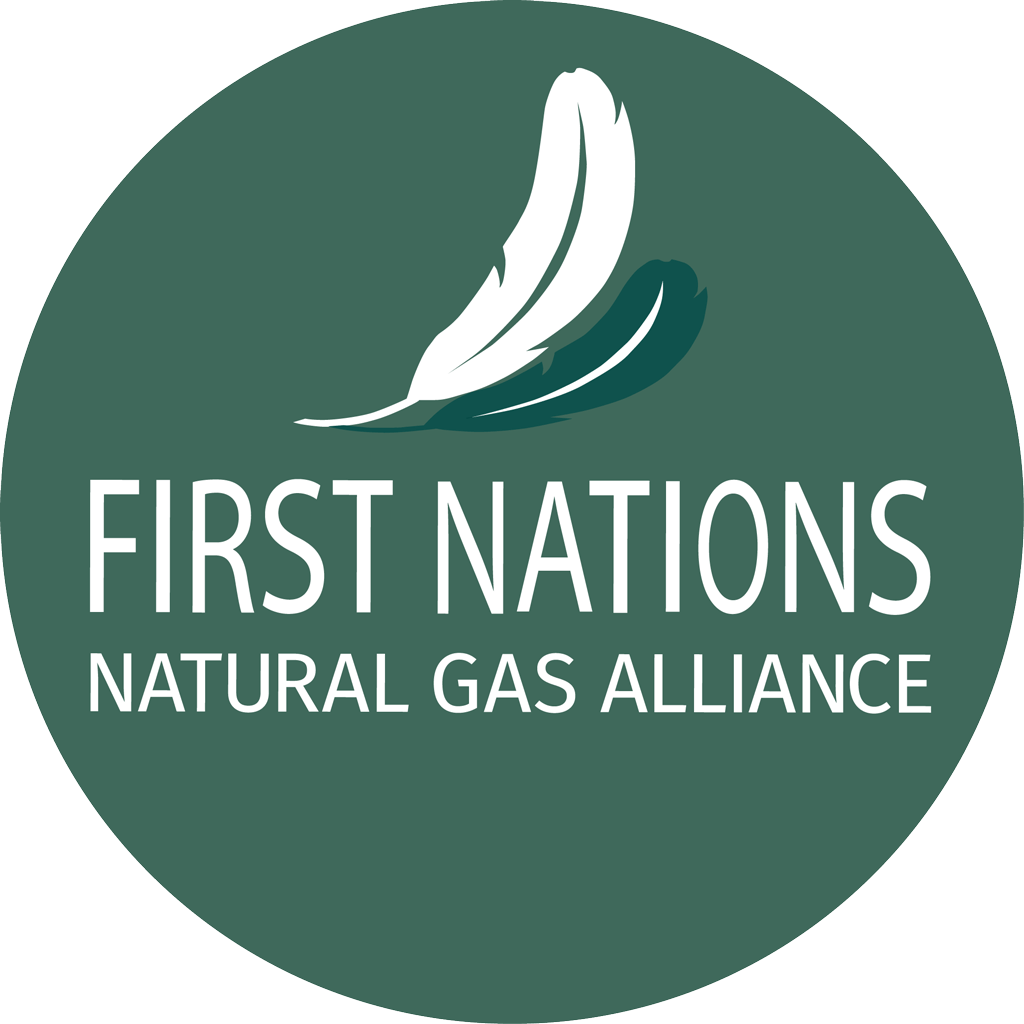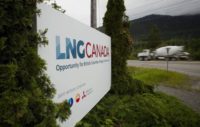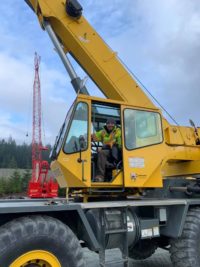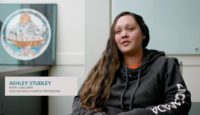LNG Canada: setting the benchmark
“We’ve got a good story. . . . And we’ve got a good product that we’re going to export that will make the world better.” That was Peter Zebedee, CEO of LNG Canada, speaking to MPs on Parliament’s Standing Committee on International Trade. Here’s how he told the story: “We fully support this committee’s efforts…
LNG projects making progress in BC
We sometimes look back with a told-you-so smile at the solemn declarations of former BC Green Party leader Andrew Weaver about LNG in BC: “LNG isn’t going to happen; I said it cannot happen, because there’s no market for it.” (2013) “I’ve been saying for four years, there is no market for LNG.” (2017). “The reason…
BC LNG jobs: You need four Ds
It takes more than just dreams and desire to get a job in the LNG field in BC. Two more Ds apply: determination and doggedness. LNG-sector employers long ago offered us some tips and questions for job-applicants. They included: “Have you looked into training? Have you done anything about training?” We need look no further than Jesse…
LNG and the Haisla: Much more than jobs
LNG and the Haisla: Much more than jobs: The coronavirus pandemic has thrown more than a few crimps into work and hiring along the Coastal GasLink pipeline route, and at the LNG Canada site at Kitimat. But CGL expects soon to have some 3,000 people on the job — and employment is still the Number One benefit that the Haisla Nation has received from the LNG projects.
Driver licences: roadblocks and recommendations
We winced when we heard about the Indigenous heavy-equipment operator who drives a long way to and from work every day — with no driver’s licence and thus with no insurance. We were not surprised, though, as in many Indigenous communities in B.C., the number of people with driver’s licences is well below 50 per…




